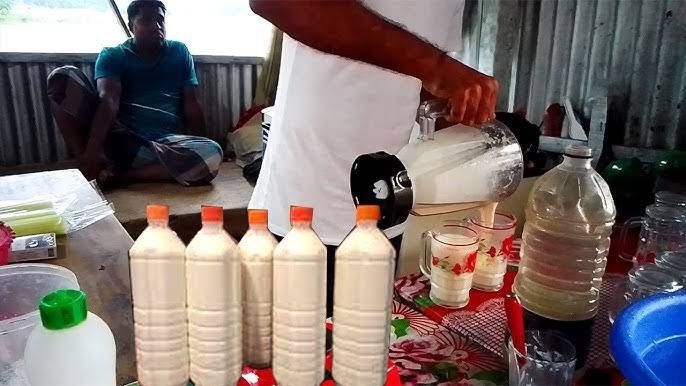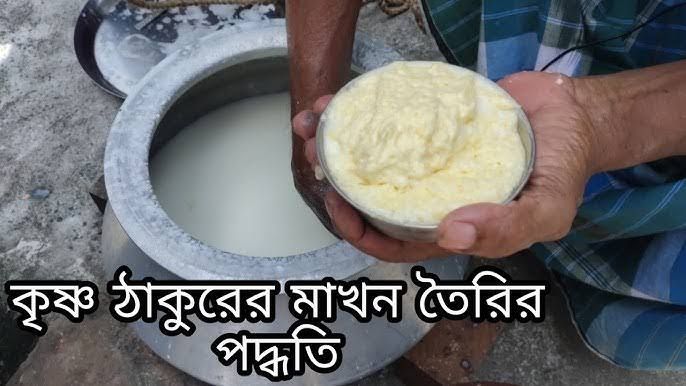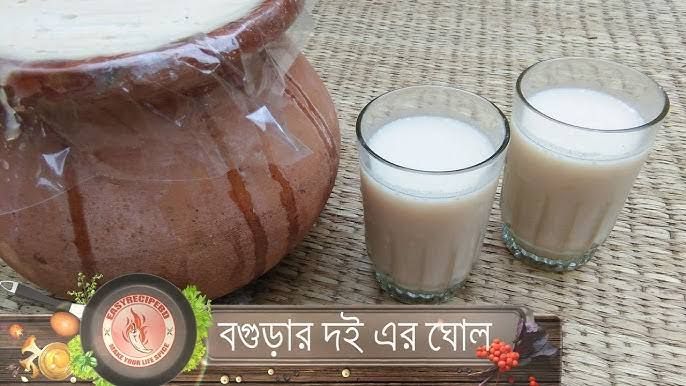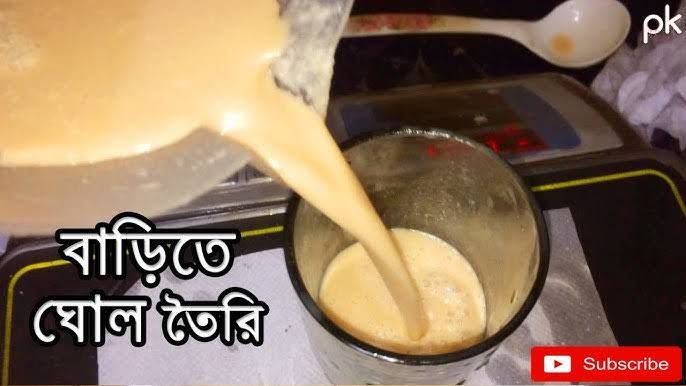Bismillaher Rahmanir Rahim.
Assalamu Alaikum Wa Rahmatullahi Wa Barakatuhu
Dear Companions Today I want to share with you some words about the evils of killing foetuses.Welcom to this post and congratulations to all
Whey: Preparation and Nutritional Benefits
Whey is a by-product obtained from the cheese-making process. Known for its nutritional richness, particularly in proteins, whey is widely used in sports supplements, food products, and traditional recipes. Here’s a breakdown of how whey is prepared and its nutritional value.

source
Whey Preparation
Milk as the Raw Material:
High-quality cow's milk is commonly used to produce whey, although milk from other animals can also be used.
Acidification or Coagulation Process:
Rennet Addition: The cheese-making process begins by adding rennet (a natural enzyme) or an acidic substance to milk to separate the curd (solids) from the whey (liquid).
Temperature Control: After adding rennet or acid, the milk is gently heated to encourage the formation of curds.
Curd Separation: Once curds form, they are separated, and the remaining liquid is whey.
Filtration and Pasteurization:
The liquid whey undergoes filtration to remove any remaining solids.
Finally, pasteurization ensures the whey is safe for consumption by eliminating potential pathogens.
Concentration and Drying (for Whey Powder):
Whey can be further processed by drying it into powder form, which makes it easy to store and use in supplements and food products.
Ghol: An Overview
Ghol is a traditional drink prepared using curd (yogurt) and water, often flavored with herbs and spices. In some regions, it’s also called "buttermilk" or "chaas" and serves as a refreshing beverage, especially in summer. It’s widely consumed in South Asia, particularly in India and Pakistan, for its cooling properties and light taste.

source
Raw Materials Required for Ghol Preparation
Curd (Yogurt): The main ingredient, curd provides probiotics and a tangy flavor.
Water: Used to dilute the curd, making it a light and refreshing drink.
Salt: Enhances the taste of ghol.
Spices:
Cumin Seeds: Roasted and ground cumin adds an earthy flavor and aids digestion.
Black Salt: Adds a unique salty flavor and also promotes digestion.
Pepper and Green Chili (Optional): Adds a mild heat.
Herbs: Fresh coriander or mint leaves for garnishing and added flavor.
Ginger (Optional): Grated or juiced, ginger gives a slight spiciness and has digestive benefits.
Step-by-Step Preparation of Ghol
Curd Whisking:
Take fresh curd in a large bowl and whisk it until smooth. This helps to break down the curd's texture, making it easier to mix with water.
Dilution:
Add cold water to the whisked curd, typically in a 1:2 ratio of curd to water. For a lighter drink, add more water.
Adding Spices:

source
Season with a pinch of salt and black salt, and add a small amount of roasted cumin powder. Adjust spices based on preference.
Mixing:
Mix everything well to ensure the spices are evenly distributed.
Flavoring and Garnishing:
Optionally add grated ginger or chopped green chili for extra flavor. Garnish with fresh coriander or mint leaves.
Serving:
Serve chilled. Adding ice cubes can make it more refreshing during hot weather.
Nutritional Value of Ghol
Ghol is rich in nutrients, primarily due to its base ingredient, curd, which is a source of probiotics, calcium, and proteins.
Probiotics:
Curd contains beneficial bacteria that help balance gut flora, improve digestion, and support immune health.
Calcium and Phosphorus:

source
Both minerals are essential for bone health. Ghol provides a good amount of calcium, particularly important in diets that lack dairy products.
Proteins:
Curd provides high-quality protein that is easier to digest, making ghol a light yet nutritious beverage.
Vitamins:
Ghol contains B vitamins, including B12 and riboflavin, which help with energy metabolism and red blood cell formation.
Electrolytes:
Due to the addition of salt, ghol can help replenish lost electrolytes, making it particularly beneficial during hot weather or after exercise.
Health Benefits of Ghol
Digestive Health:
Probiotics in curd aid in digestion and help prevent issues like bloating and constipation.
Hydration:

source
Ghol is a hydrating drink that helps maintain electrolyte balance, especially beneficial in hot climates or during physical exertion.
Cooling Effect:
Ghol provides a natural cooling effect, making it a popular drink in tropical and hot climates.
Weight Management:
Due to its low-calorie and high-protein content, ghol can be part of a balanced diet, aiding in weight management.
Heart Health:
Some studies suggest that fermented dairy products, like curd, may have beneficial effects on heart health.
Variations and Regional Differences
Masala Ghol:
Spices such as chaat masala, black pepper, and mint are added for a spicier version.
Sweet Ghol:
Instead of salt and spices, sugar or jaggery is added, sometimes with flavors like rose or saffron.
South Indian Moru:
A spiced buttermilk variant from South India, where mustard seeds, curry leaves, and asafoetida are tempered in oil and added to the ghol.
Gujarati Chaas:
Typically, cumin and coriander are predominant, with green chili for a touch of heat.
Both whey and ghol are nutritious and versatile dairy-based beverages with distinct cultural backgrounds. Whey is a valuable by-product of cheese production, prized for its high protein content and used in various health supplements. Ghol, on the other hand, is a simple, refreshing drink made from curd and water with regional flavorings. It’s cherished for its cooling and digestive properties, making it ideal for warm climates.